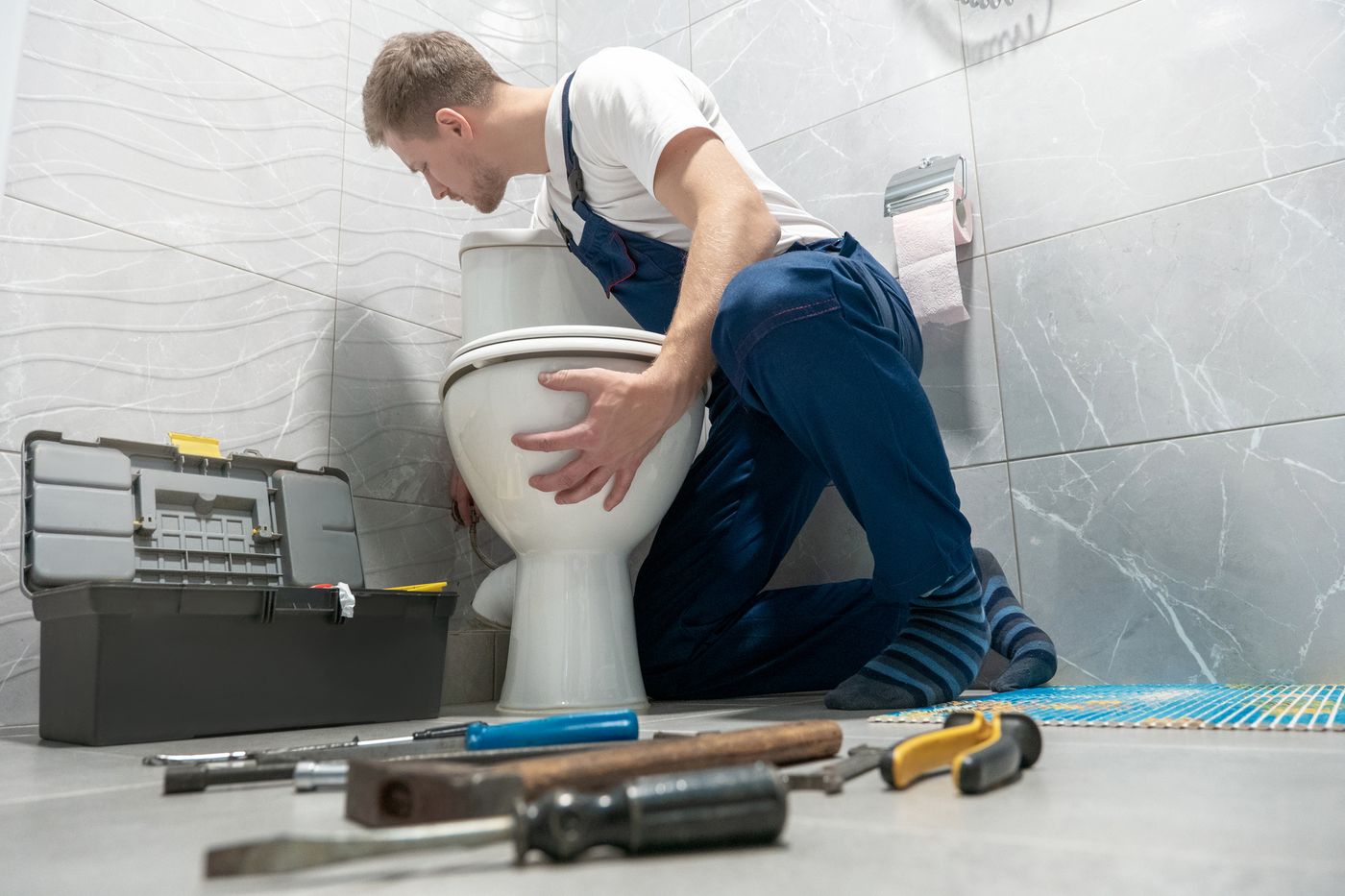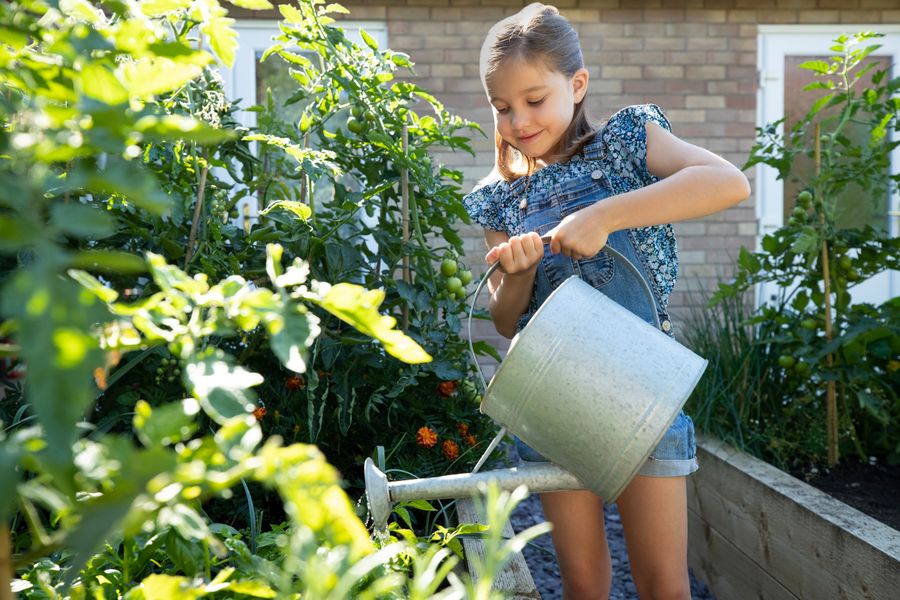Leaks
Early Leak Detection!
You can lose a few litres of water an hour from a slow dripping tap. If the leak is from a hot water pipe or a pumped water supply, you’ll also be facing a significant energy cost.
A continuously running toilet can waste up to 96,000 litres of water per year, yet toilet leaks often go unnoticed as the water trickles down the back of the bowl. This makes fast detection and repair even more important.
How to read your meter and check for leaks
- Choose a time when you are not using any appliances that use water i.e. overnight.
- Make sure that all taps are turned off.
- Allow all tanks and cisterns to completely fill (this can take up to 30 minutes).
- Take an initial meter reading (read both the black and the red digits).
- Leave all appliances turned off overnight.
- Take another reading first thing in the morning before you use any water.
- Check if the last numbers on the dial have changed. If yes, you have a leak. The greater the change, the bigger the leak!
- If you suspect you have a large leak, you’ll probably need help from a plumber with specialist equipment

Learn how to check if you have a leak!
Leaks in your home are not only wasteful but can be a real drain on your bank balance. So here are a few quick and easy ways to find out if your home is water tight.
Read your meter before you go to bed and again in the morning. In a home with no leaks, the reading will be the same. But if the numbers have gone up, it indicates that water has been used overnight, and there are likely to be leaks somewhere.
Other checks to make
- Check your taps and toilets regularly for signs or sounds of leaks.
- Check your hot water system’s expansion valves when you haven’t used any hot water for a while. The valve shouldn’t be constantly leaking water.
- Disconnect hoses or irrigation pipes that are always connected to garden taps. Then, check the taps aren’t leaking.
- Look for green patches of grass that are different from the grass around it. This can mean you have an underground pipe leak.
How to check if your toilet has a leak
Toilet cisterns shouldn’t release any water between flushes. To check yours, place a small piece of dry toilet paper at the back of the toilet bowl and check that it stays dry until the next flush.
- Remove the lid of your toilet cistern.
- Place a few drops of food dye into the cistern.
- Do not flush your toilet for 10-15 minutes.
- If the dye has seeped down into the bowl when you return, then you know you have a leak
How to replace a tap washer
- Turn off all water-using appliances, then turn off the water at the meter.
- Relieve the water pressure at the nearest tap to the meter.
- Turn the dripping tap on all the way.
- Undo the tap buttons (if any) and remove the tap handles.
- Remove the flange - you may require a multigrip tool.
- Scrape away any old silicon around the tap fitting.
- Undo the spindle and make sure the body washer is intact. If it is not intact, it will need to be replaced.
- Remove the washer and replace it with a new one.
- Before replacing the rest of the tap, it is important to make sure that the leak has been fixed. Turn off the taps and then turn the water mains tap back on at the meter. If the area is still leaking, the mains will need to be turned off again and the previous steps repeated. Alternatively, you may wish to contact a licensed plumber.
- If there are no leaks, replace the flange firmly by hand as well as the tap handles and buttons - tighten these with a shifter so they don't come loose.
- If the taps are in a wet area such as a shower, then seal the area around the spindle with silicon to prevent water from getting into the wall cavity - allow a couple of hours before using the tap.







